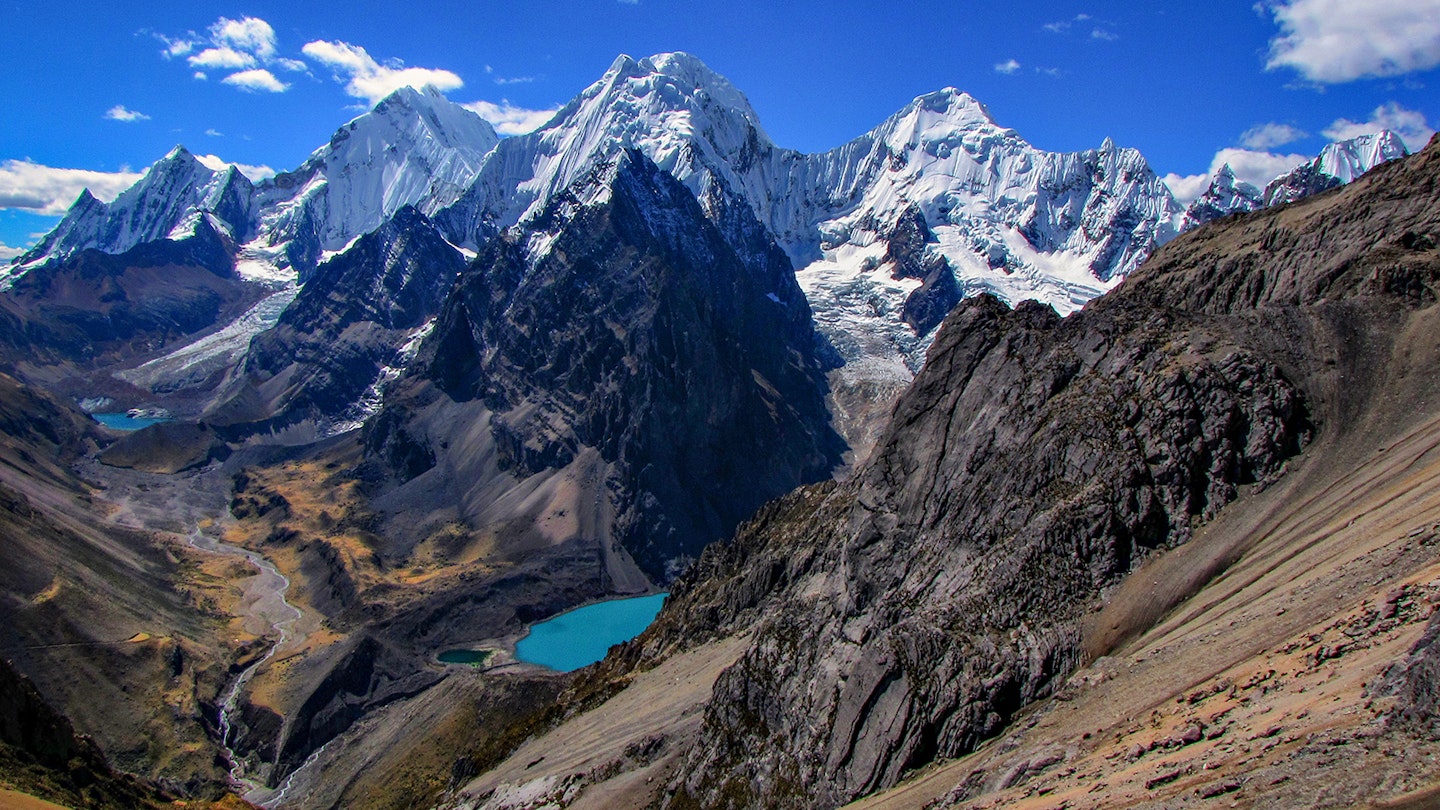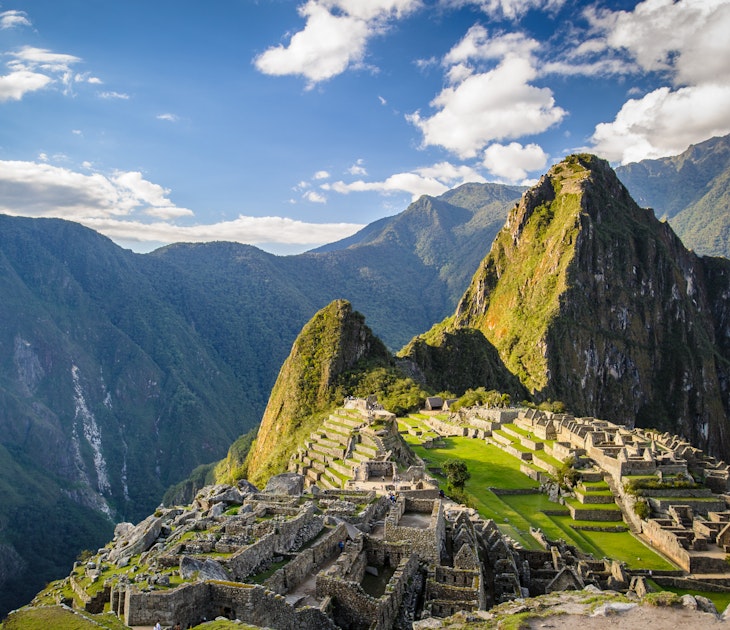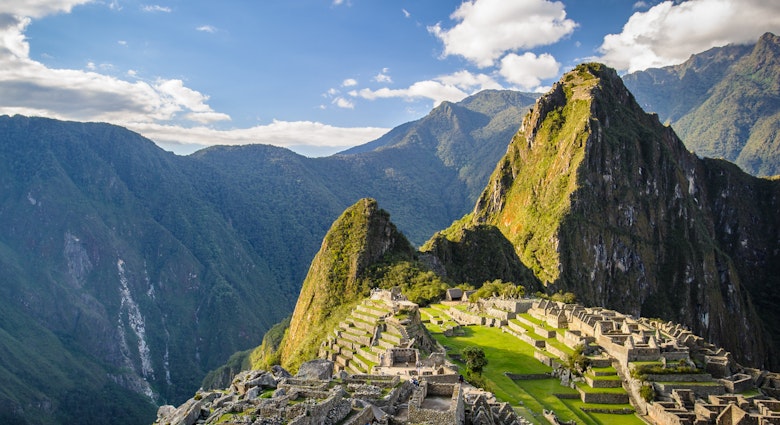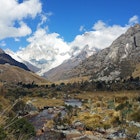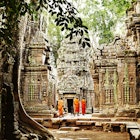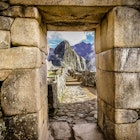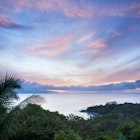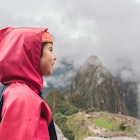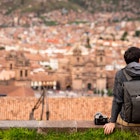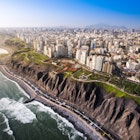More demanding than southern Peru’s Inca Trail and lesser known than neighboring Cordillera Blanca, the Cordillera Huayhuash suits most better as a postcard image than pursuable feat. From extreme altitudes to breathtaking (sometimes literally so) views, hiking the complete Huayhuash circuit has been noted as one of the most physically and emotionally challenging treks in the country, but also one of the most rewarding.

Whether you opt for the full 130km (81 miles) Huayhuash route or one of the many partial hikes, you’ll surely be dizzy with elation (if not elevation) once the adventure comes to an end. But as any long-distance hiker will tell you, it’s all about taking it one step at a time. Take the following tips into consideration when planning your trip:
Nature wins
What does one of the best alpine treks in the world look like? Peru’s version is a treasure trove of turquoise lakes and thermal springs, barricaded by an army of jagged mountains doused in pristine snow. Along the way, local guides will proudly point out Yerupajá, Peru’s second highest peak (6635m, or 21,768 ft), and can take you to the ridge of Cerro Huacrish for a near panoramic view of the full circuit. Like the condors that hover nearby, you’ll get a bird’s eye view of alpine meadows and extensive grassy fields dotted with sheep, alpaca and other members of the camelid family.
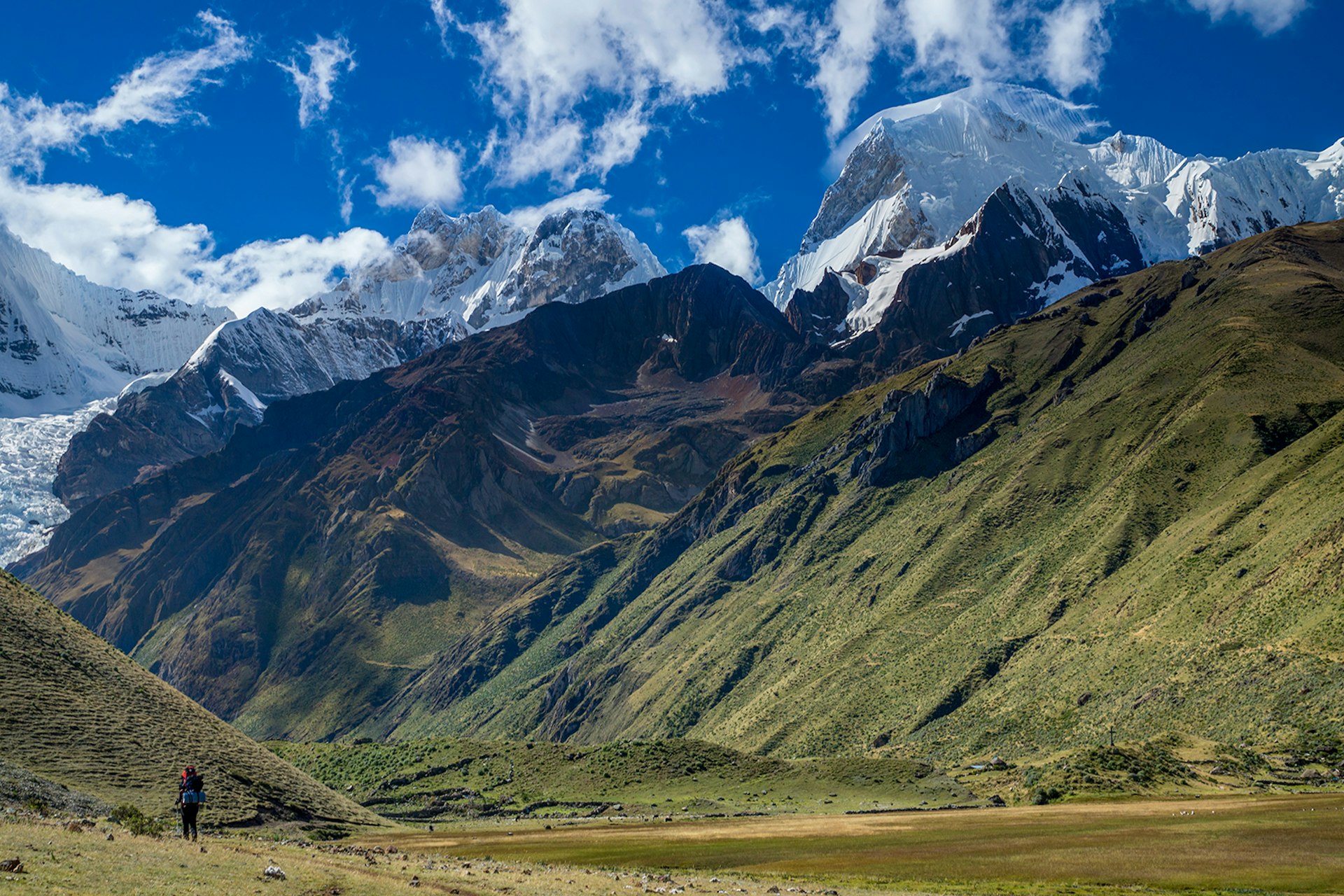
Know where to start
Depending on time and physical restraints, there are various lengths of looping routes to choose from, most of which begin in the small village of Llámac. A popular option is the four-day trek, often referred to as 'mini Huayhuash'. This moderate trek won’t disappoint in terms of stunning views seen from the west side of the mountain range. Of course, to experience the range in all its glory, one must commit to hiking the complete Huayhuash circuit. This route is typically done in just short of a fortnight (10-12 days) at a pace of five to eight hours a day. Since roads to the initial campsite, Quartelhuain, were paved relatively recently, hikers have been known to use this as a starting point; however this would shave off some time and distance from the actual full circuit.
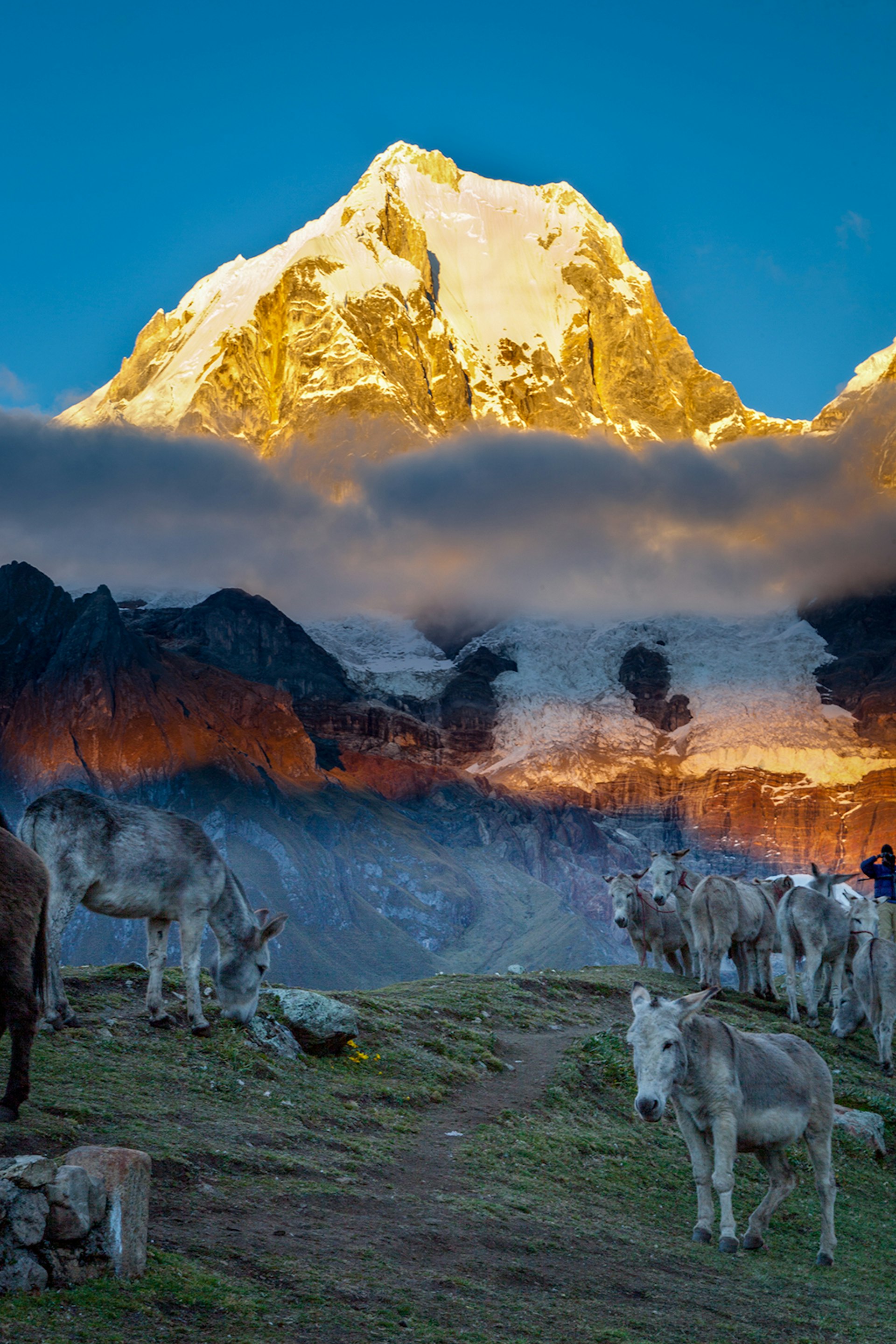
Which way?
We’d all like to be pointed in the right direction every now and then, especially on a hike. Proof of its rugged qualities, Huayhuash is devoid of posted signs for visitors, so even experienced hikers often end up hiring local guides or travel companies to aid in navigation. Find a guide in Huaraz or put it off until you arrive at villages like Llámac or Pocpa where locals will be eager to lead the way (for a fee). Local guides are going to give you the added value of a deeper and more connected understanding of the mountains, from the meaning behind their Quechua names to the flora and fauna nestled in the high altitude. At a minimum, hikers are encouraged to hire a mule driver (arriero) and a pack animal to lighten the load.
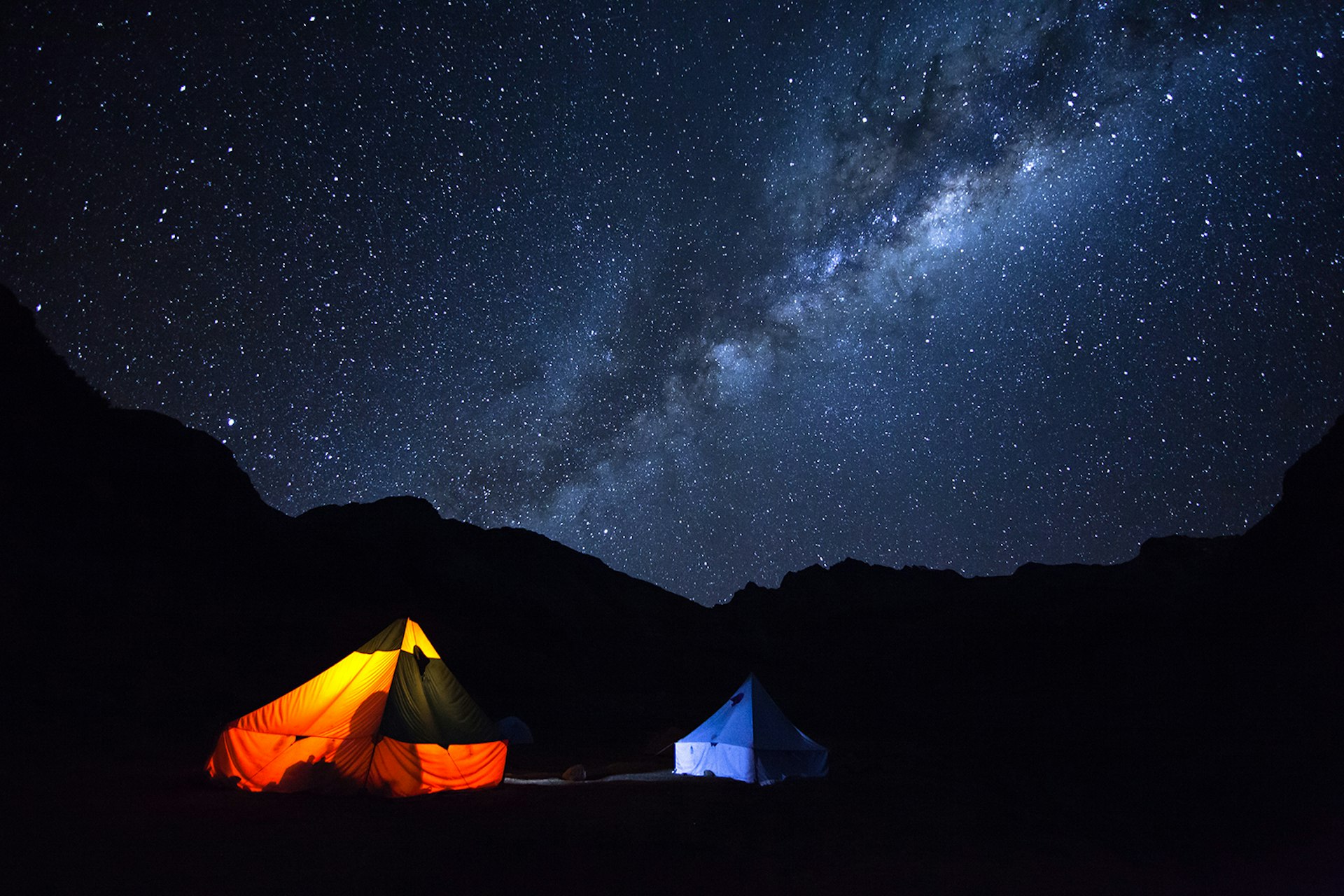
Highs climbs, low temps
Snow-capped mountains above, dry plains below. The stunning juxtaposition of colors and natural landscape found in this region of Peru is what keeps hikers coming back. Though recent years have seen some uncharacteristically heavy rain and snowfall in the mid-year months, the prime hiking season is May-September – chilly yet dry. Pack plenty of layers, a good sleeping bag and tent in order to be prepared for temperatures that can drop as low as -10°C (14°F) when the sun goes down. Help shake off those chills and ask your guide to take you to the Rio Pumarini hot springs, a warm reward when you reach the Viconga campsite near the halfway point.
Have a tight feeling in your lungs and uneasiness in your stomach? Altitude sickness is prevalent on this undulating trail that nears 5000m at its highest and never dips below 4000m. Even those who take caution by pacing themselves and staying hydrated can be affected, so take it as an friendly reminder to slow down and enjoy the moment.

Keep it together
For well over a decade, the mountain range has been considered a reserved zone though it is not a national park. Communities in the surrounding area are in charge of keeping their respective campsites clean, and while they do the best they can, there have been issues around littering more recently. Strong winds can easily cause food wrappers to flutter, so a floorless ‘cook’ tent can act as a lightweight shelter or windbreaker to keep items from blowing away (and a stove flame from blowing out).
Small fees are required at each campsite, but be sure to spend time talking to the locals to learn more about the surrounding area and culture. Though campsites will be populated by only a few fellow hikers at most, it’s common to pass quite a few shepherds and cattlemen that live in these secluded areas of the Andean range. Perhaps not until you reach Huayllapa, on the second half of the trek, will you realize for just how long you’ve been disconnected; this is where you can replenish supplies. At the end of the trek, share any leftover food or gear that’s no longer of service to you with your guides or residents of Llámac.
Though infrastructure remains below some tourists’ expectations, now is the time to venture to Huayhuash and, with the guidance of locals, challenge yourself to truly step into nature.
How to get there:
From Lima, the city of Huaraz can be reached by an eight-hour bus ride with companies like Oltursa or MovilTours. LCPerú offers daily flights between the capital city and Huaraz, with a flight time of just under one hour. It’s recommended to spend at least a full day in Huaraz in order to acclimate to the elevation. From the city center you can catch a ride on the bus Turismo Nazario in order to arrive at the village of Llámac (a five-hour ride) where you can begin your hike.

